Packaging is the latest addition to the marketing “Ps” that include product, price, people, place, promotion, physical evidence, and process. With its humble beginnings as a safety layer and container for safe transport, product packaging evolved into a brand identity carrier and the vehicle behind the “packvertising” phenomenon.
Packvertising had intended to be a separate and more cost-effective alternative to traditional ad placements. Brands included flyers, vouchers, and promotional stickers in the box for added ways to connect and engage with consumers.
When COVID-19 struck, social media became flooded with at-home unboxing videos. The trend elevated the packaging box as an extension of every product, coming under the same scrutiny as its content in vlogs and influencer videos. Many brands now compete by showing off their product’s primary and secondary packaging in paid advertisements.
In light of this development, you may wonder: is it really worth investing in not just branded packaging but ads that include your product boxes? How can you make your packaging ad-ready?
This article answers these questions as we discuss improving your packaging ROI through ad placements that feature your custom branded packaging.
What Is Packaging ROI?
Your investment in packaging includes payments for design, packaging material, printing, distribution, and promotional activities.
How to calculate packaging ROI
You can apply the basic formula for ROI in calculating your product packaging ROI. That is, divide your net profit—the amount you earned from an investment or the investment cost minus its present value—by the investment cost and multiply the result by 100.
ROI = (Net profit / Investment Cost) x 100
However, other factors contribute to packaging ROI. They include the following:
Damage reduction
A solid, structural packaging design results in savings for shipping and replacement of goods returned due to dents, breakage, or other damage. By protecting fragile goods, you can avoid processing returns, which can run up to 59% of the item’s original price.
Improved environmental profile
A quarter of consumers prefer buying from brands that use sustainable packaging, which Statista lists as the second top consideration among American shoppers after coupons and discounts.
Higher sales
Consumers have become more careful about how brands influence their buying decisions. 82% of shoppers in a Razorfish poll said they favor brands that stand for a greater societal purpose, which brands can achieve through packaging that conveys their intended contributions to the community. Your sales performance after your new packaging design’s launch is a good indicator of your ROI.
Recurring customers
When shoppers are delightfully surprised or satisfied with their initial purchase, their positive experience leads to what is called a “brand halo” effect. As a result, they’re likely to buy again and tell others about the product. American subscription box companies combine the power of packaging’s visual appeal with anticipation in keeping and growing their client base, which stands at 61 million.
Top 3 Reasons to Include Custom Packaging in Your Ad Campaigns
You can double the influence of packaging over your target audience in the following ways when you incorporate them in your ads:
1. Packaging enhances your social media presence
Before the pandemic lockdowns, businesses used packvertising as a standalone marketing channel. They relied on extra features such as multi-page labeling and inserts containing rebates, discount coupons, and product information to attract buyers and engage customers.
When self-isolation mandates took effect, brands didn’t only ramp up their shipping and delivery procedures. They also ensured that their packaging would make up for the excitement and pleasure derived from in-store shopping. Their strategy included packaging in their content marketing and advertisements, mainly on their target market’s preferred social platforms. You can apply the same tactic to your online promotions. 62% of consumers tend to buy products a purchaser features in an image or video post.
Although unboxing videos reportedly started as early as 2006 (featuring a Nokia E61 phone), the contemporary content creators’ commentary covers the entire package—literally—from the box to its contents and fillers.
2. Packaging helps manage your customer’s expectations about a product
Advertisements featuring your product with its packaging promote transparency. Such ads can promote trust if you’re selling high-end products. As they say: the higher the price, the higher the customer’s expectations.
Potential buyers discover the item’s dimension and how large—or small—it is compared to its box. These visuals are more mentally digestible and retainable than a written description.
3. Packaging allows you to receive immediate feedback
Why not hit two birds with one stone by asking your followers to comment on your packaging when you publish your social media ad?
How to Optimize Packaging for Advertising Success
You can succeed at including customized packaging in your advertising strategy by taking these steps:
1. Conduct market research and analysis
Market research and analysis help you discover more about your target market, competitors, and the packaging industry. Your study should ideally give insights about:
- Who belongs to your target market and their pain points
- Where your target and existing buyers research to discover and learn more about products and services
- Which of your rivals does your target audience turn to for options and information
- What influences conversions and purchases among your target audience
- What aspects of your competitors’ packaging are working for them
- Whether there’s a demand for your business initiatives
- Underserved or unaddressed consumer needs your business can turn into a selling opportunity
- What’s trending in your industry in the buyer’s eyes
- Consumer attitudes toward a particular topic or consumer issue, a brand or product, and pricing
2. Identify your goals and metrics
Surveying your target audience and industry helps you define or clarify the objectives and success indicators for your packaging.
Goals should reflect what your brand identity wishes to convey—a message (such as your unique selling point) and emotion (your brand personality)—besides growth objectives, such as increasing awareness, loyalty, and referrals. Meanwhile, success metrics include brand recall, conversion, retention, and word-of-mouth.
3. Pick the appropriate design, packaging materials, and box style (Proceed to points 4 or 5 if you have existing packaging)
Your design, paper stock, custom box style, and coatings must suit your product type and function. For premium products, you may want to use luxury materials and extra features.
4. Design, test, and evaluate your packaging’s performance
You can use prototypes when testing your product packaging with small markets or focus groups. Gather people’s opinions through surveys or interviews so you can determine your packaging’s strengths and areas for improvement. Here are some tips to follow:
- Limit the number of questions to ask, as they are open-ended ones.
- Provide participants with a demo or prototype.
- Ask them how they feel about your pricing.
- Ask for their views about your competition.
- Give them a chance to air any questions, concerns, or other comments at the end of the questionnaire or feedback session.
5. Adapt your packaging-related ad materials to the requirements and expectations of each advertising method
Around 55% of B2B and B2C product suppliers’ marketing budgets go to digital campaigns. However, traditional channels like print, TV, and billboards continue to be viable options.
If you’re allotting a large chunk of your budget to online marketing as well, familiarize yourself with the image sizes for product photography and video lengths required for website or social media ads. Our cheat sheet below is a handy reference.
Besides great visuals, the best social media ads have a clear call to action so your followers know what to do next, such as “Buy now” “Add to shopping cart,” “Sign up,” and “Learn more.”
6. Include your social media icons on your packaging
Invite ongoing engagement with your customers by including your social media handles on your company info. Doing so can raise your chances of upselling opportunities and referrals.
Social Media Ad Specs Cheat Sheet
Here’s our cheat sheet for social media ad specifications. Aspect ratio (x:y) refers to the ratio of an image’s width to its height.
|
Social Media Platform |
Image |
Video |
|
(up to 30MB in .jpg or .png format for images and up to 4GB in .gif, .mp4, and .mov formats for videos)
|
Feed and Reels: 1080 x 1080 pixels (resolution), 1:1 Stories: 1080 x 1920 pixels, 9:16 Feed (collection and sequence): 1080 x 1080, 1:1 Right-column image ad (viewable on desktop, on the right side of Facebook pages): up to 10 images with a 1080 x 1080-pixel resolution Facebook Marketplace image ads: up to 10 images with a 1080 x 1080-pixel resolution
|
Feed: 1080 x 1080 pixels, 1:1 Stories: 1080 x 1920 pixels, 9:16 Reels: 500 x 888 pixels, 9:16 Feed (collection and sequence): 1080 x 1080, 1:1 Right-column video ad: up to 240 minutes Facebook Marketplace video ads: up to 240 minutes In-stream video ads (viewable on mobile, during in-stream videos): two to 10 videos of up to 240 minutes each. However, keeping videos to 15 seconds long is highly recommended. |
|
|
Feed and Stories: 1080 x 1080 pixels, 1:1 Stories and Explore: 1080 x 1920 pixels, 9:16 (up to 30MB in .jpg or .png format) |
Feed, Stories, and Explore (up to 250MB): 1080 x 1080 pixels, 4:5. Stories can run up to 60 seconds. Reels (up to 4GB): 500 x 888 pixels, aspect ratio: 9:16 (up to 90 seconds) Feed and Stories (collection): 1080 x 1080, aspect ratio: 1:1 You can post up to 30MB images in .jpg or .png format and 4GB videos in .gif, .mp4, or .mov format. |
|
YouTube |
Image display ads: up to 150KB with 300 x 250p resolution in .jpg, .png, or .gif format. |
Skippable video ads: up to 1GB with a 640 x 360p resolution (16:9 or 4:3) and at least 12 seconds long. The YouTube-suggested duration is three minutes or less. Non-skippable ads: up to 1GB with a 640 x 360p or 480 by 360p resolution. (16:9 recommended because many YouTube viewers transition to CTVs). 15 to 20 seconds long Bumper ads (usually plays before the video): same maximum file size and resolution as skippable and non-skippable ads but with a shorter, six-second duration The ideal video file format is .mpg but YouTube also accepts .mov, .mp4, and .avi files. |
|
|
Shopping ads: 1000 x 1500 pixels, 2:3 Carousel: two to five images of up to 32MB each, 1:2 or 2:3 Collection ads: Four to 25 images of up to 10MB, 1:1 or 2:3 Images should be in .jpg or .png formats. |
Up to 2GB each lasting four to 15 minutes (but six to 15 seconds is Pinterest’s recommended length); square (1:1) or vertical (2:3, or 9:16) Videos should be in .mp4, .mov, or .m4v format. |
|
TikTok |
– |
Up to 500MB and 60 seconds long, but TikTok’s recommended length is nine to 15 seconds Videos should be in .mp4, .mpg, .mov, and .avi format (1:1, 9:16, or 16:9). |
|
|
Standalone image ads: up to 5MB in .png or jpeg format with 1200 x 1200p resolution, 1:1 Image carousel (two to six images): 800 x 800 pixels, 1:1 |
Standalone video ads: up to 1GB in .mp4 or .mov format with 1200 x 1200p resolution, 1:1. Video carousel (two to six videos): 800 x 800 for 1:1 or 800 x 450 for 16:9 Twitter recommends videos to last for 15 seconds or less although it allows up to 10 minutes for selected advertisers. |
|
|
up to 5MB with 1200 x 628 pixels (640 x 360p minimum and 7680 x 4320p maximum) in .jpg, .gif, or .png format, 1:1 |
up to 200MB and 30 minutes in .mp4 format |
Social Media Examples Featuring Product Packaging
Here’s how some businesses featured their personalized packaging in social media ads:
ThreadBeast
Streetwear brand ThreadBeast showcases their subscription boxes directly in their Facebook advertising campaigns.
Jam Cellars
Jam Cellars’ Butter Chardonnay brings on some “better beach time” based on the brand’s YouTube video featuring the wine with its bright yellow-labeled bottle, can, and packaging box.
Crest
This Instagram image ad of Crest 3D White Strips directs the platform’s users to Amazon.
Corkcicle
A TikTok subscriber included the packaging in the unboxing video of the insulated tumbler by Corkcicle, which she received on Mother’s Day.
Purolator Inc.
Purolator made a LinkedIn post to announce its limited-edition holiday boxes. Like the Canadian courier, you can end your written ad with hashtags to widen your reach. Although you can use up to 30 hashtags, marketers advise using only a few of them. Three to five are enough according to the Instagram Creators account.
Know Your Other Advertising Channels
Through market research, you can focus your ad budget on your target audience’s preferred channels. Nevertheless, knowing the various advertising channels below makes you aware of additional venues for sourcing product promotion ideas.
Moreover, consider that although the average American broadband-connected household has 13 connected devices, 28 million households can’t afford the fees for internet access.
Television
Advertisers forecast a 10.4% growth in ad revenues amid an expected increase of connected TV (CTV)—or traditional TV connected to the internet that allows video streaming and web browsing—adoption from 2023 to 2028. Moreover, 50% of Americans connect their smart TV or CTV sets through their in-built mechanism.
Minimum CTV ad costs range from $20,000 to $50,000.
Newspaper and magazine ads, flyers, and posters are all part of print advertising. Their tangibility gives them an edge over online adverts, the oversupply of which has taught netizens to ignore their presence, resulting in so-called “ad blindness.” Moreover, internet users can use ad blockers for privacy. Top Media Advertising reported that a digital ad’s effectiveness rises 400% when combined with print ads.
Newspaper ads can cost between $50 and $2,700 and up for full-page ads.
Outdoor advertising
Billboards and public transportation ads are examples of outdoor advertising. Billboard fees—which cover four weeks—are worth $850 (for static) or $2,100 (for digital) on average. Meanwhile, transit advertising shares the same average cost as static billboards.
Email ads
Your brand can place an ad on a third-party email newsletter in exchange for an endorsement. The sponsorship cost depends on the newsletter’s industry, subscriber count, and audience engagement. Advertising charges can start at around $15 to $30 per sponsored email.
Make Your Custom Box Packaging Ad-Ready
Selecting an expert custom box manufacturer with an eye for design is crucial when you decide to make product packaging design a part of your advertising projects. Your box provider should help deliver what you promised consumers in your image or video ads in whatever medium.
Refine Packaging can print branded boxes that will delight your customers beyond what they see in traditional or digital ads. Our happy customers can tell you all about it.
Moreover, our seasoned in-house design team can ensure that every step in your packaging development journey with us targets optimal client satisfaction from discovery to conversion. Contact us today to request a free consultation about your ad-ready packaging requirements.
Ready to think outside the box? Let's get started!
Get in touch with a custom packaging specialist now for a free consultation and instant price quote.


.svg)
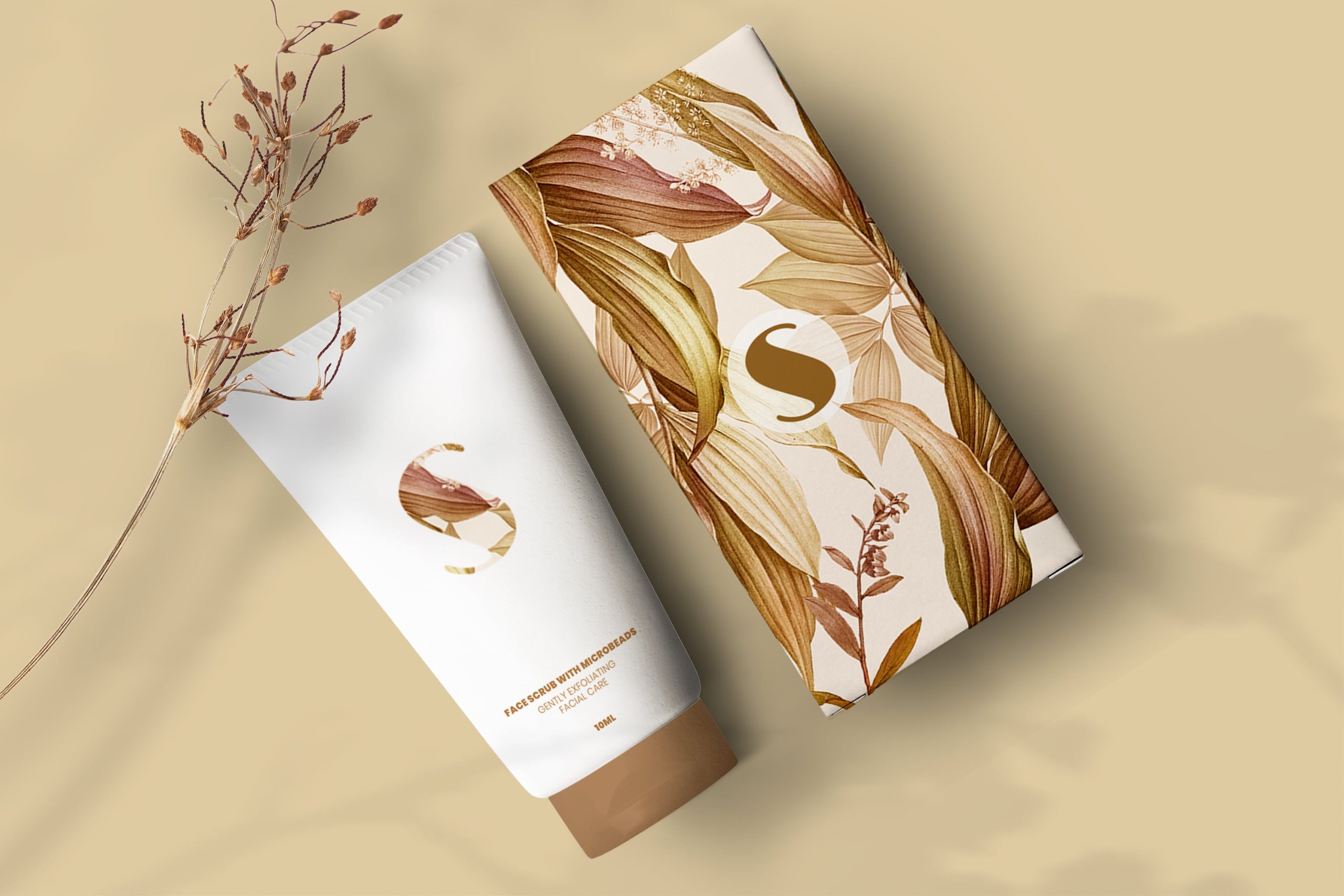


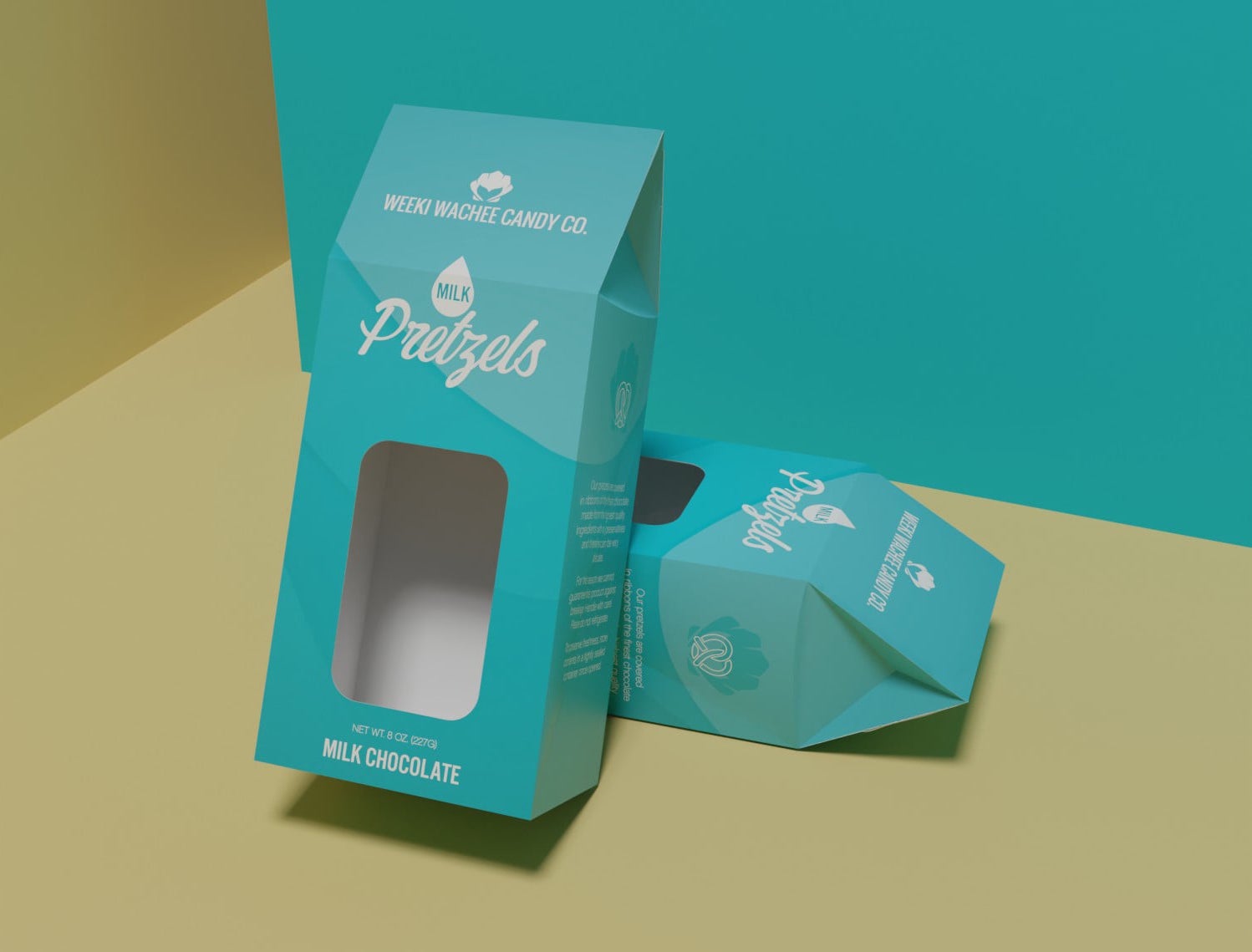

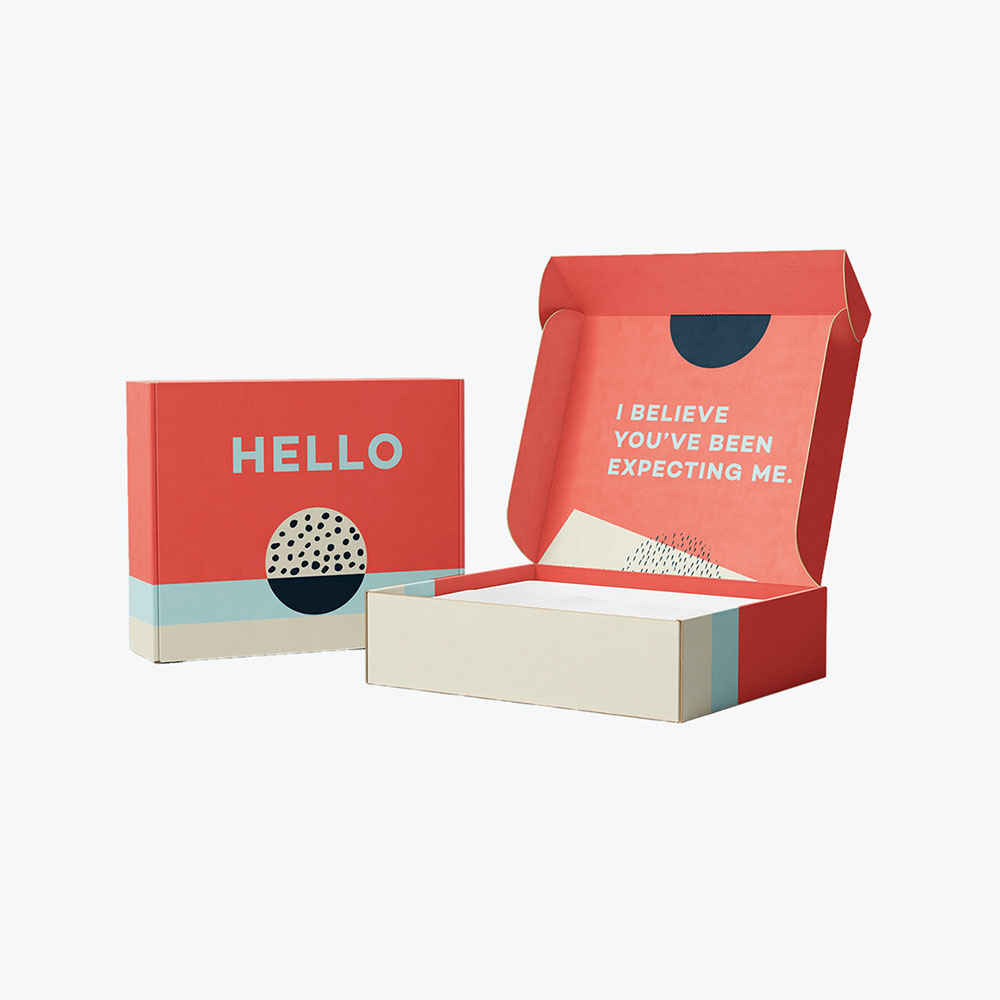
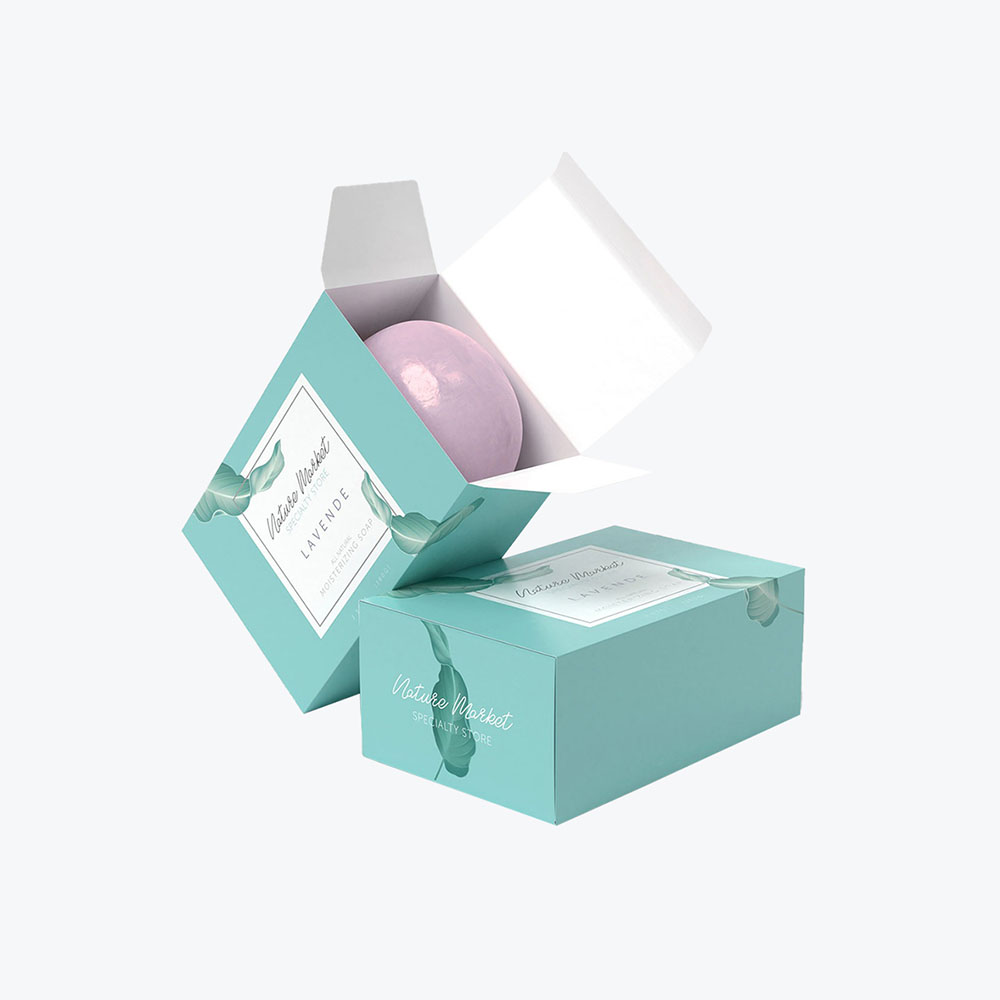
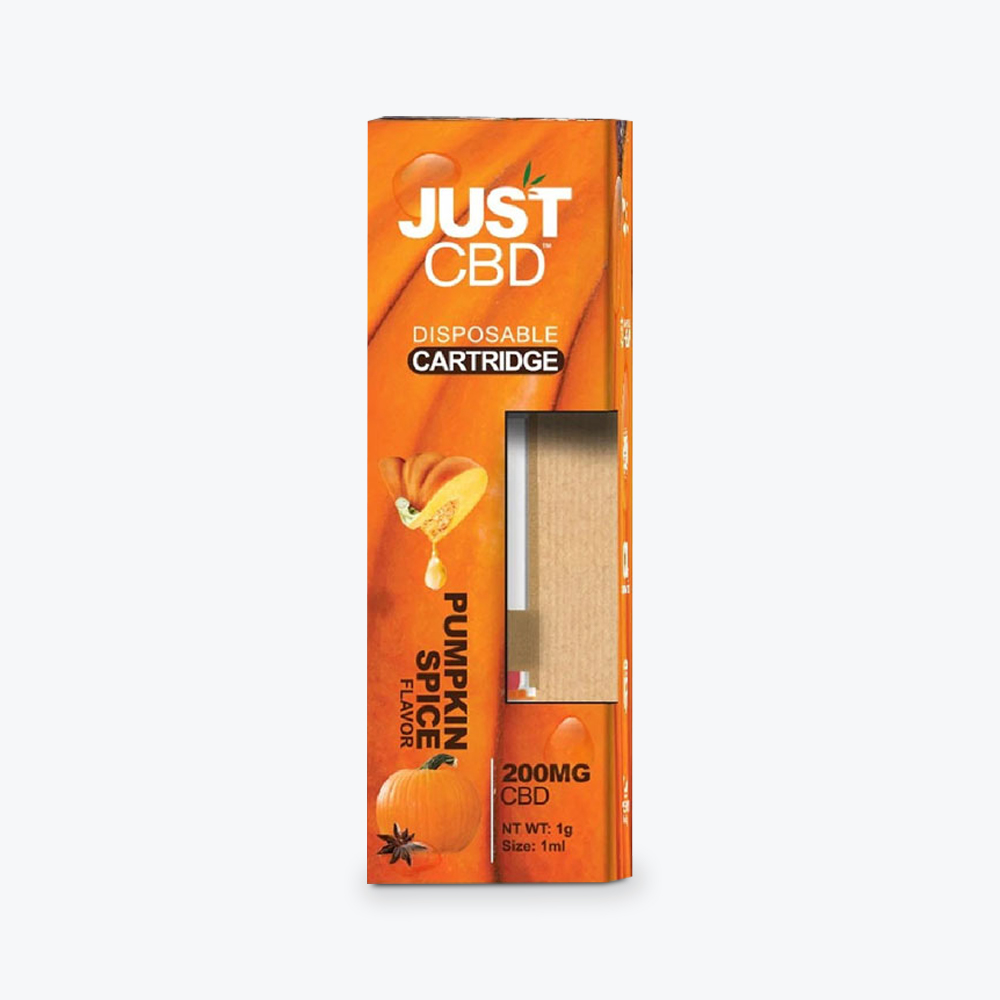
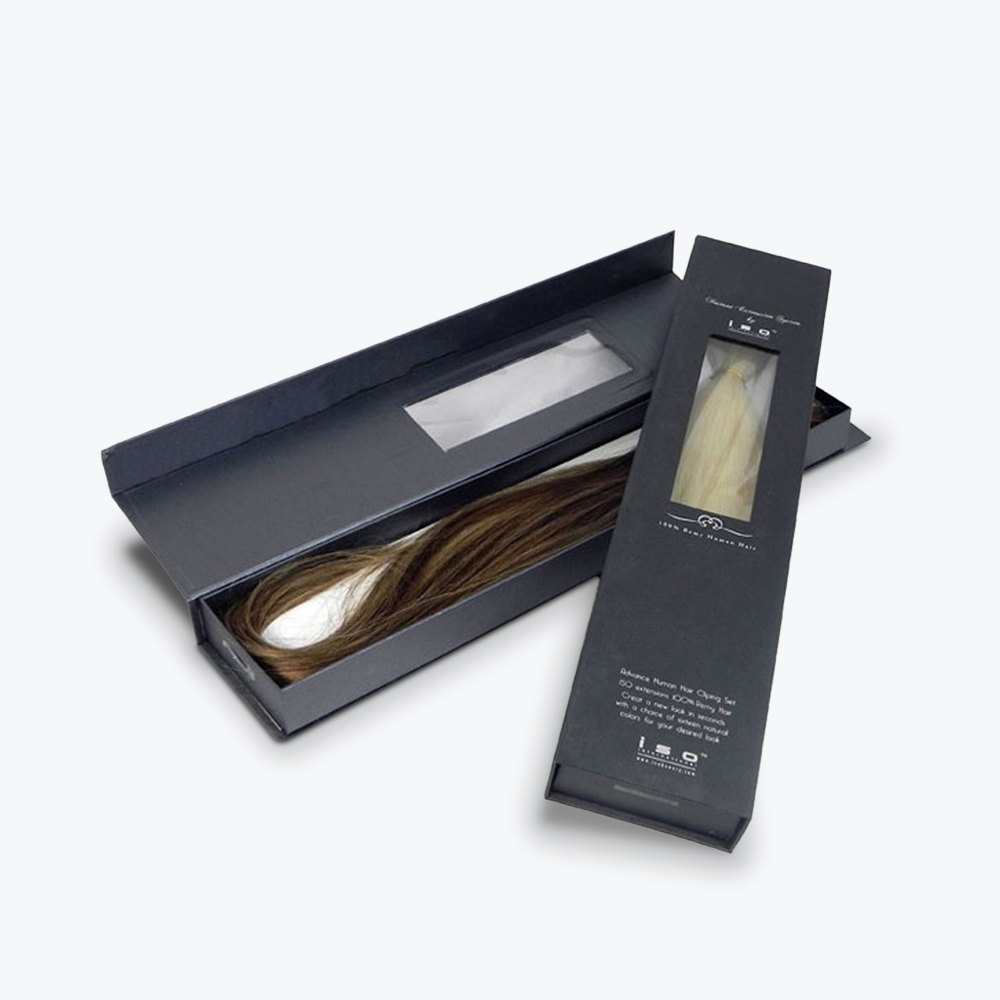


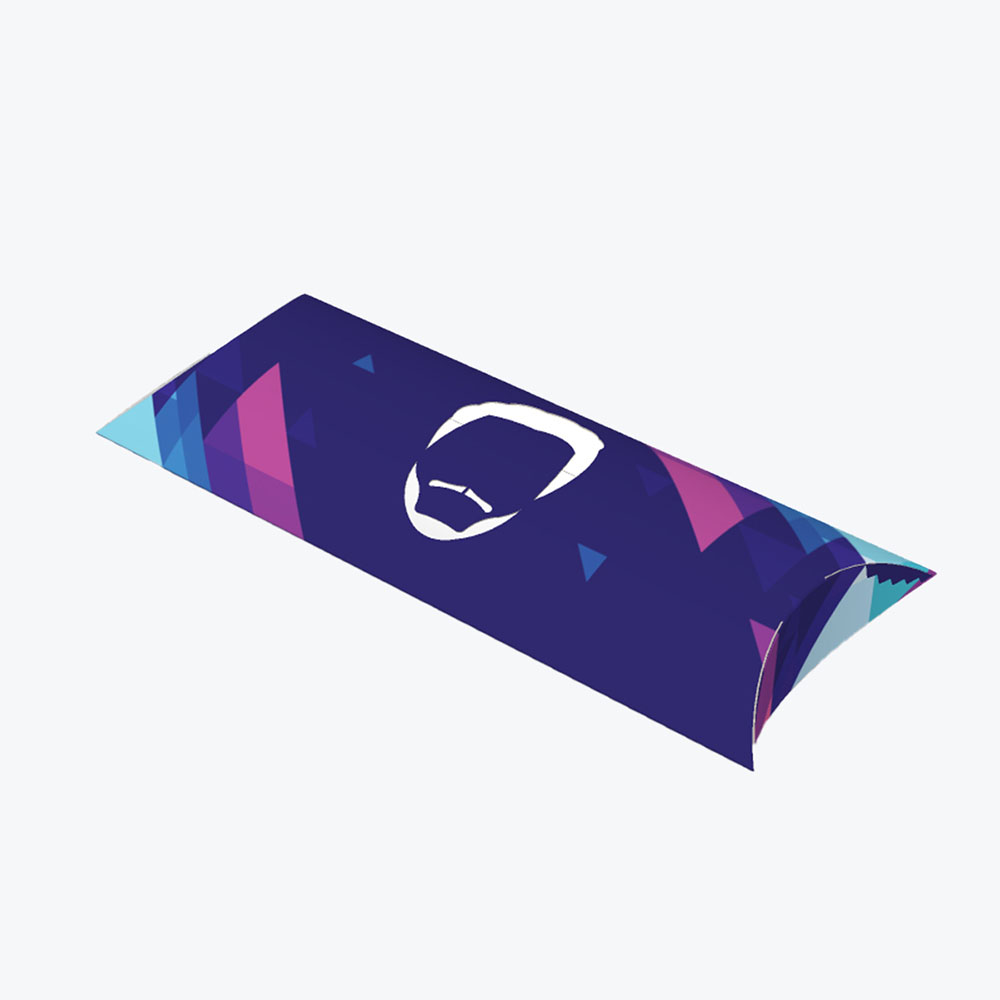

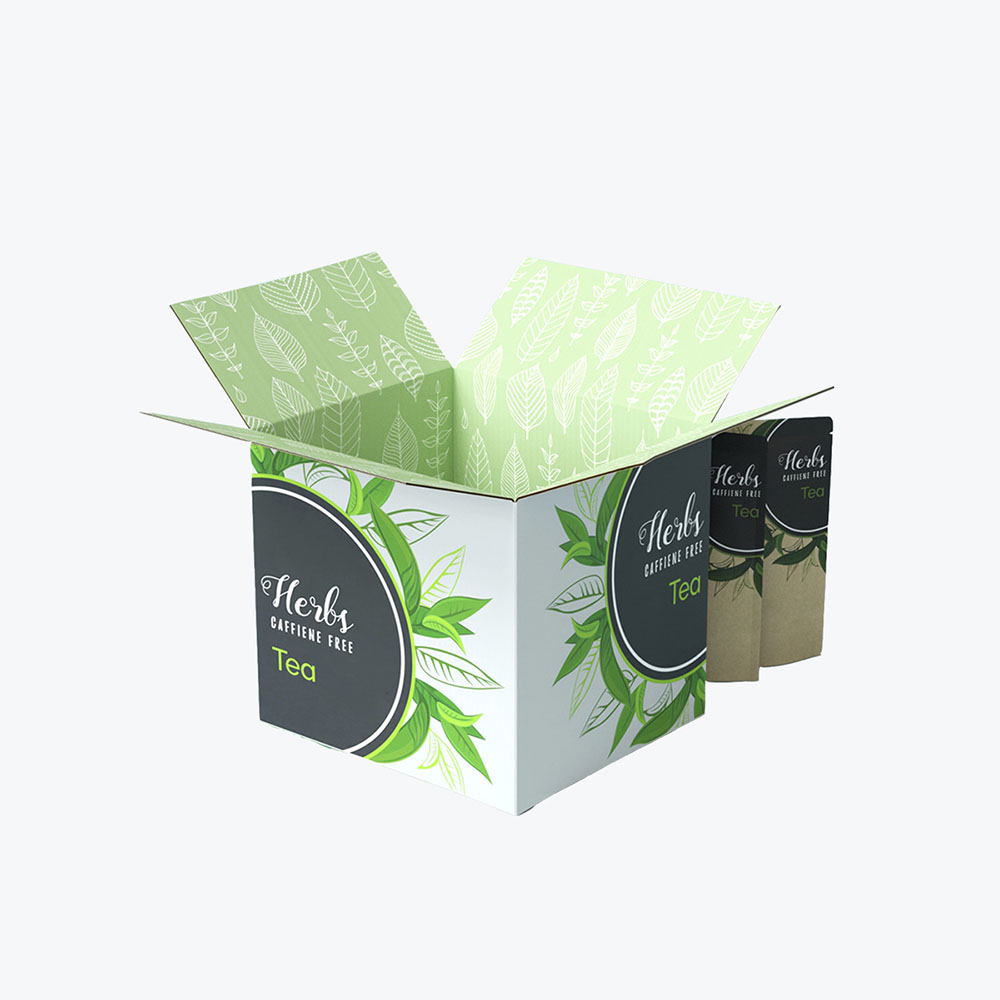

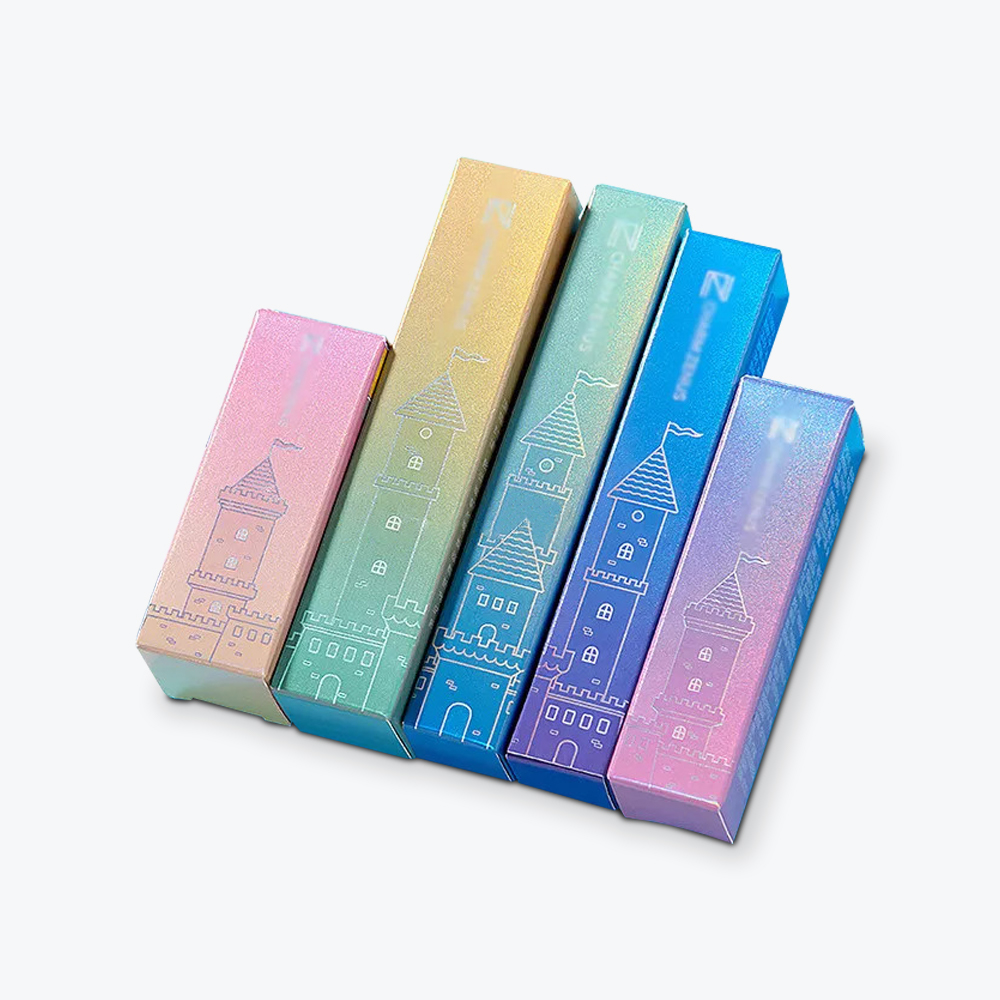

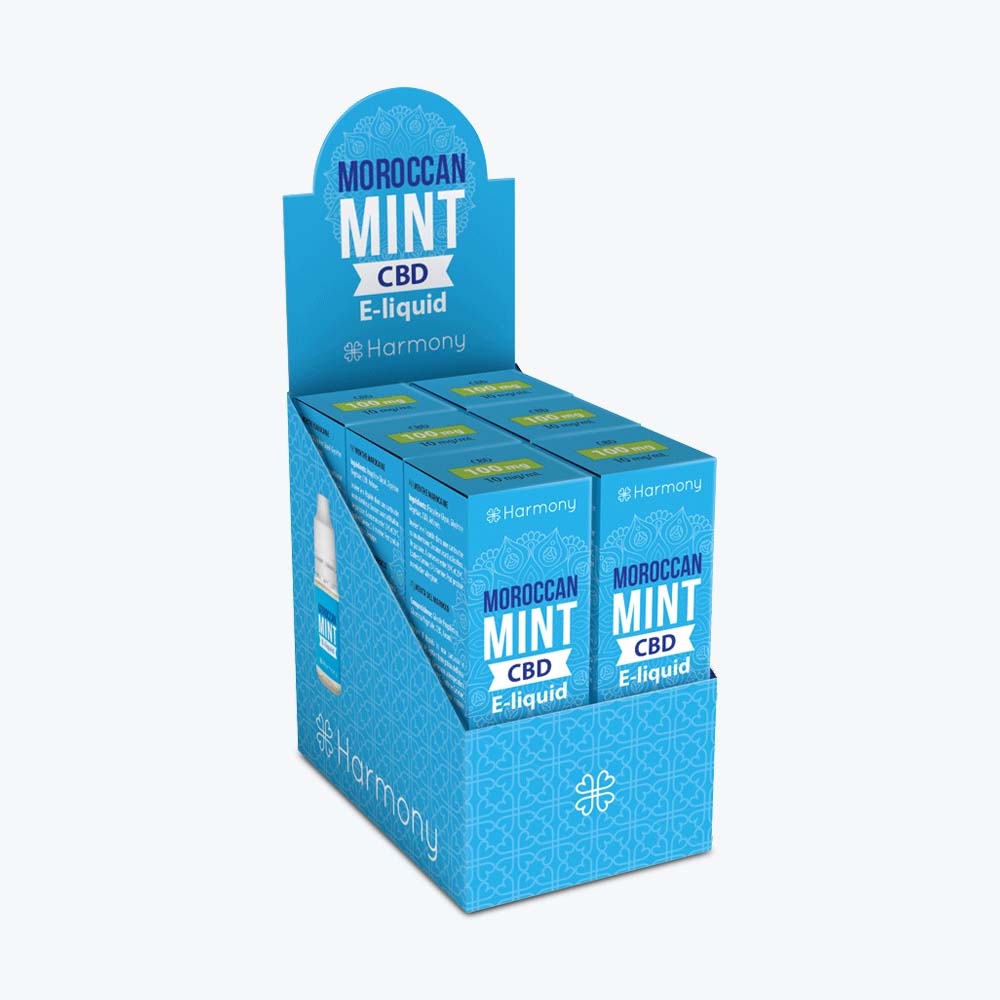
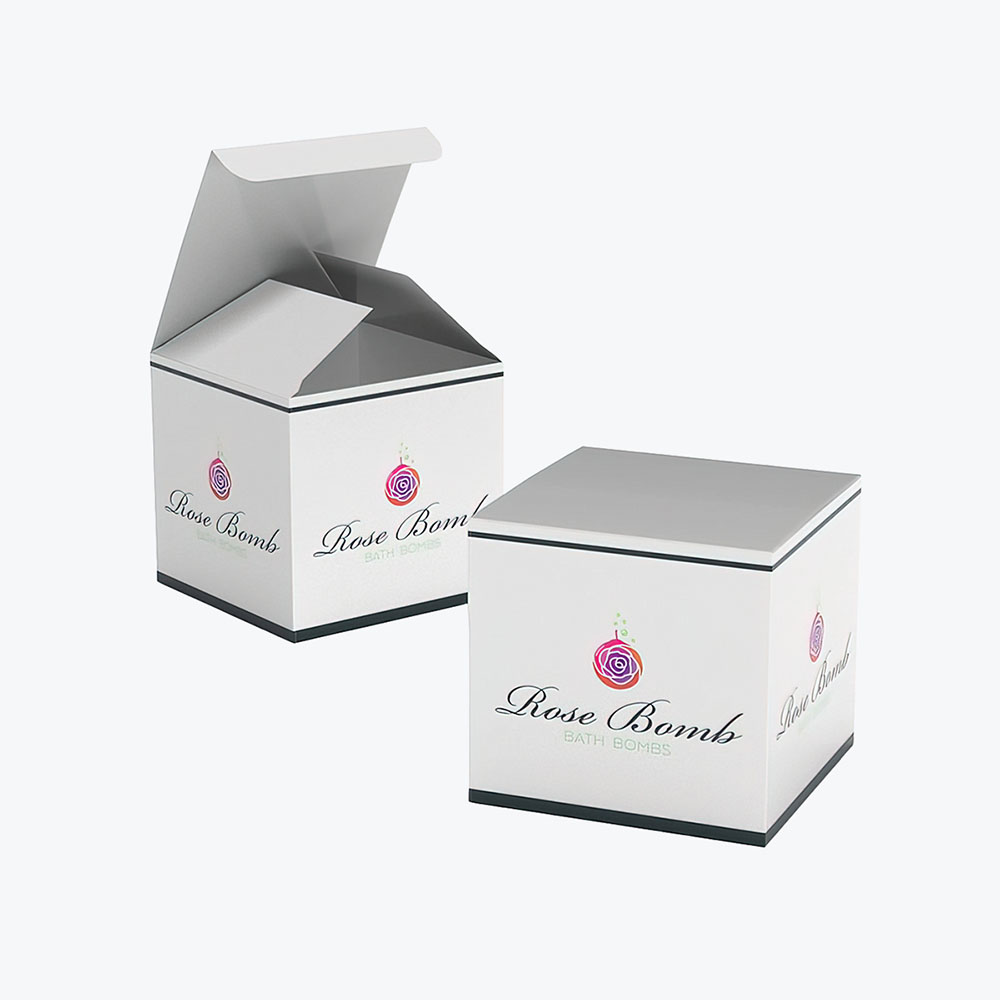
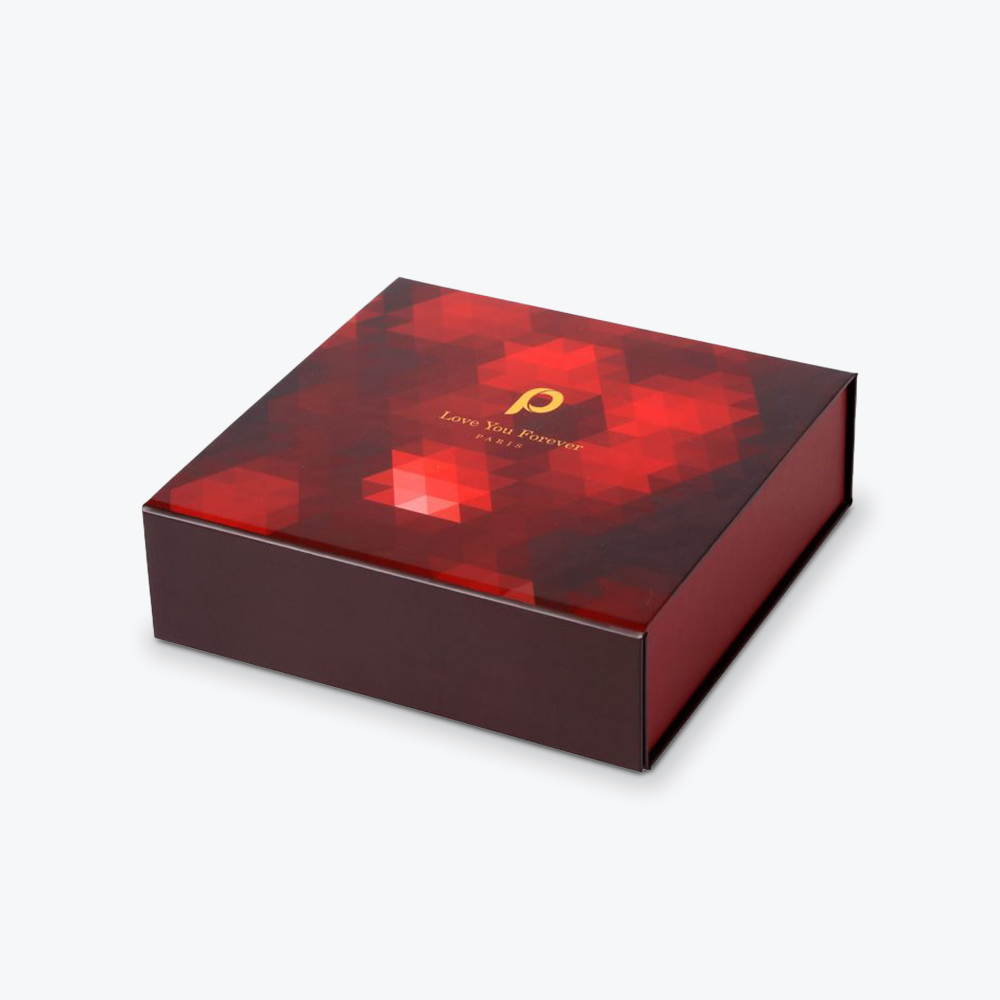
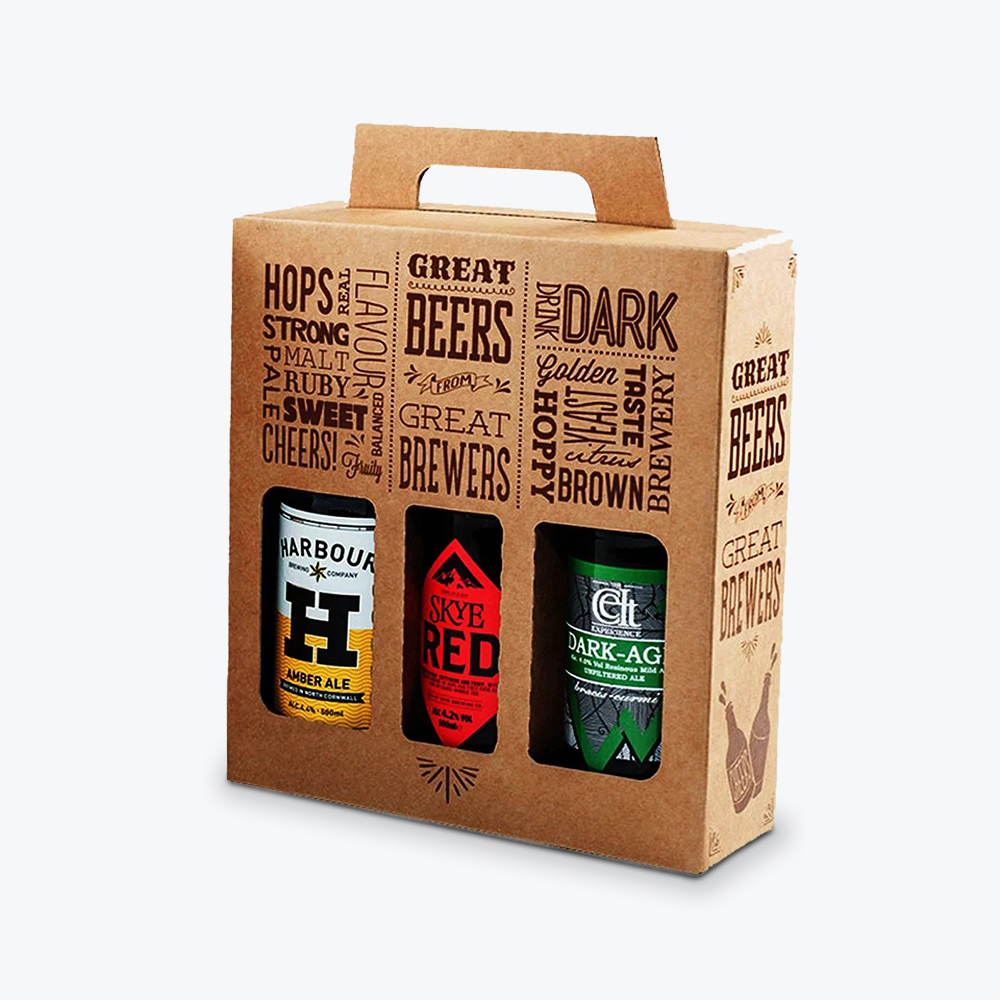
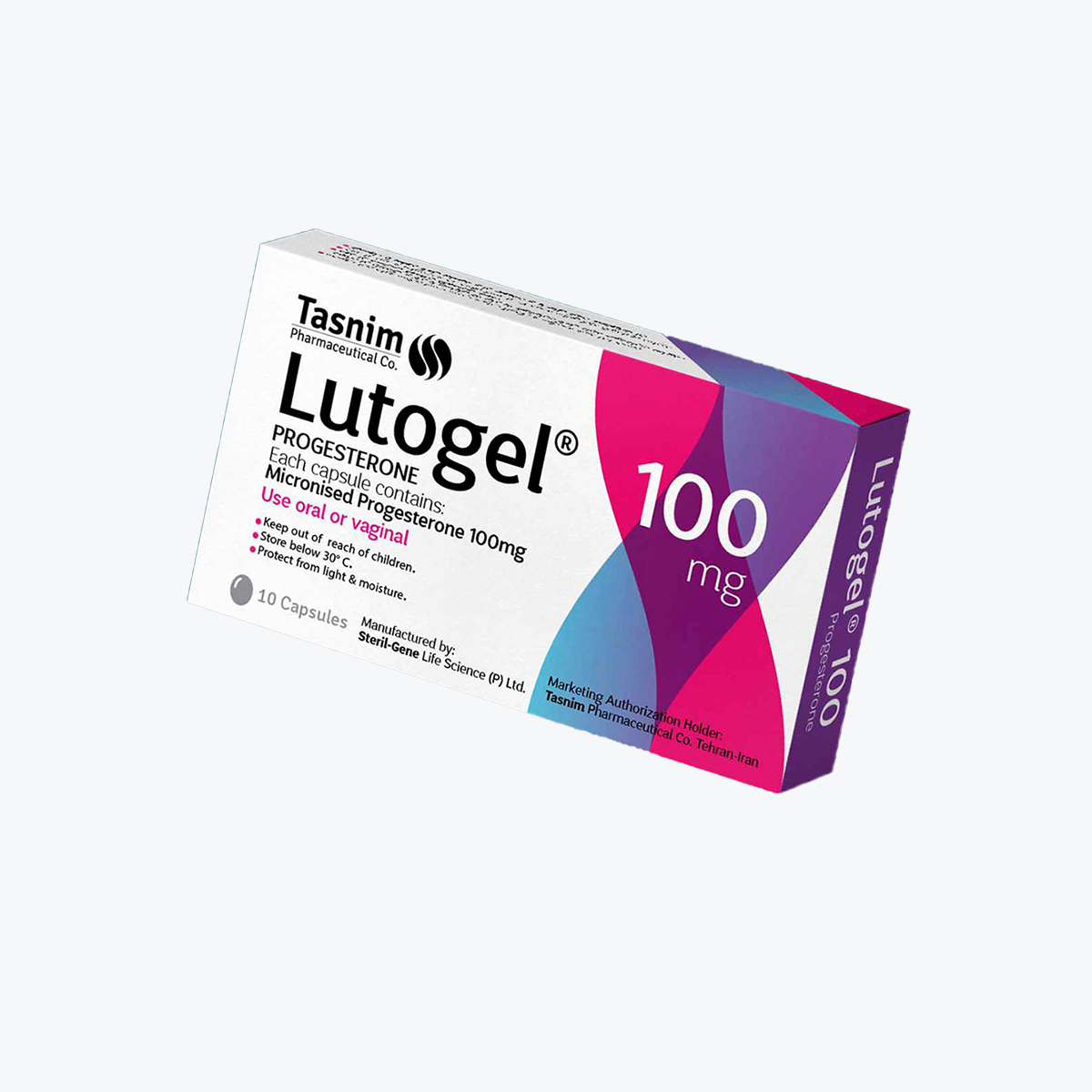
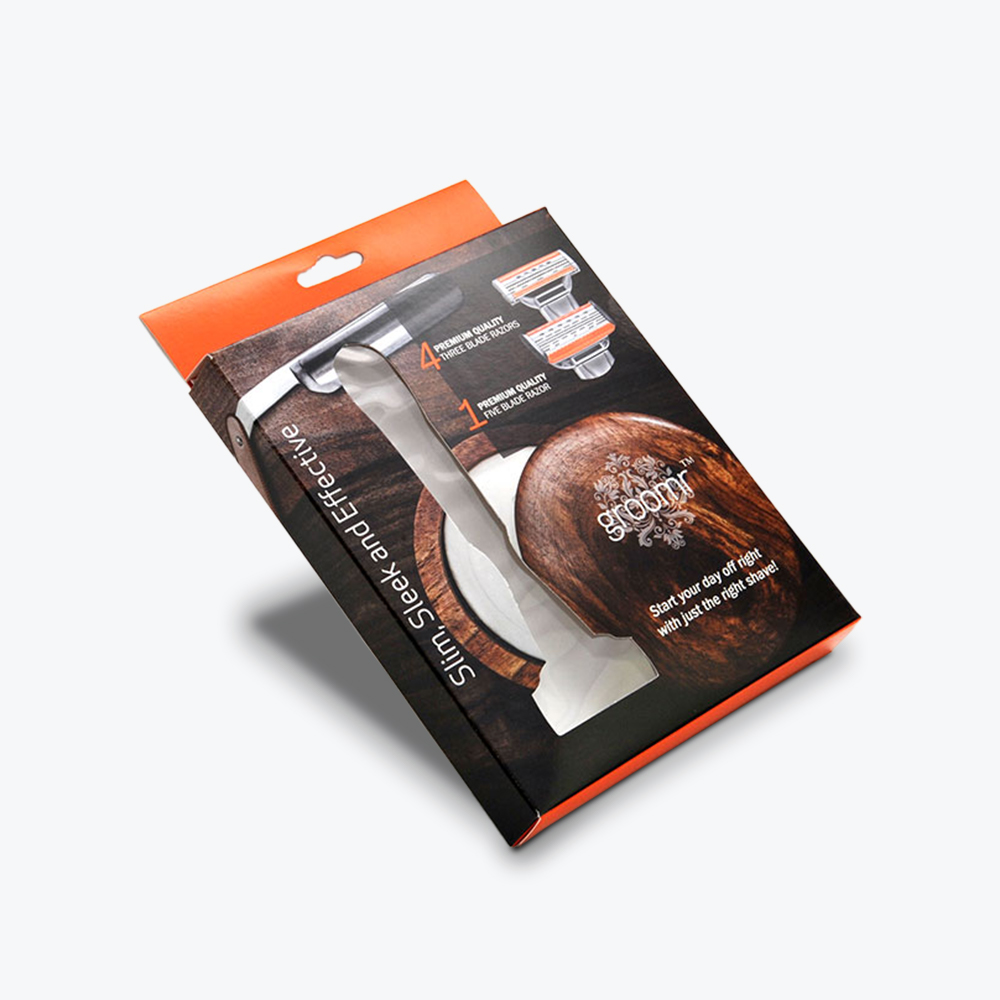
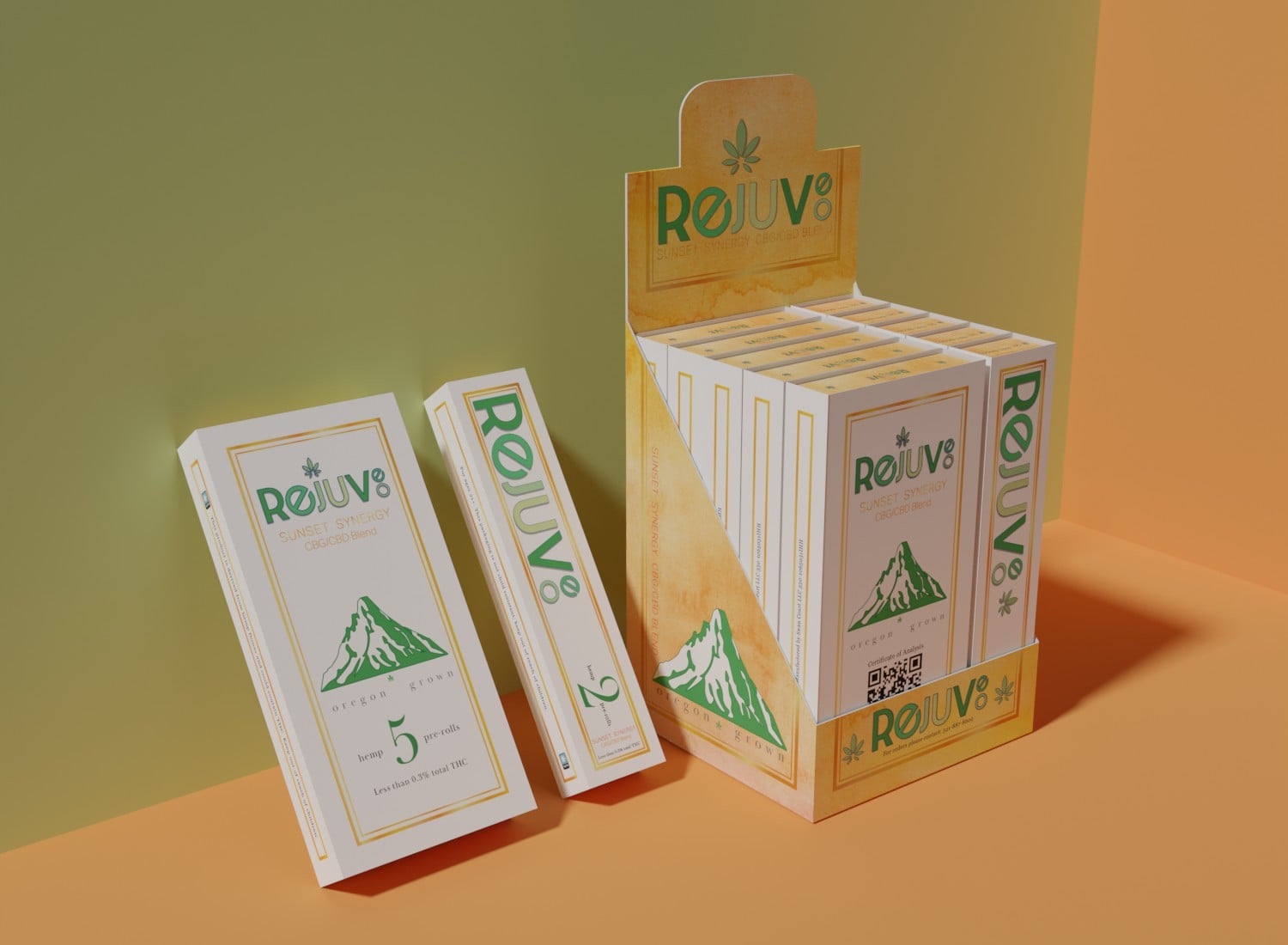
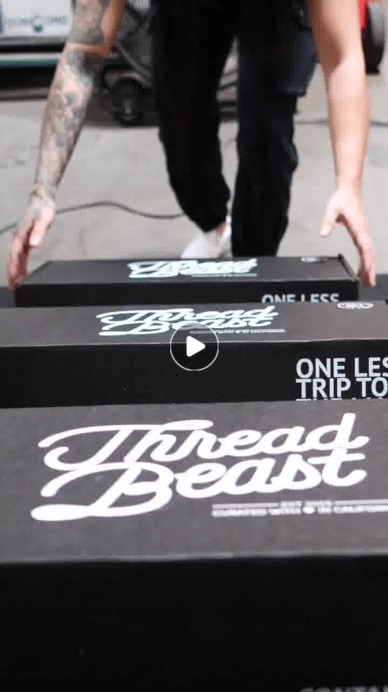
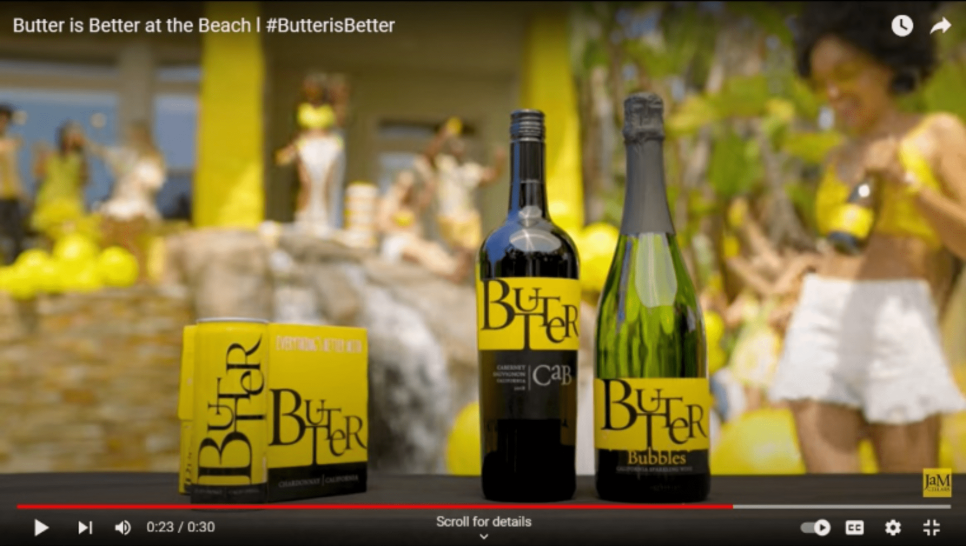
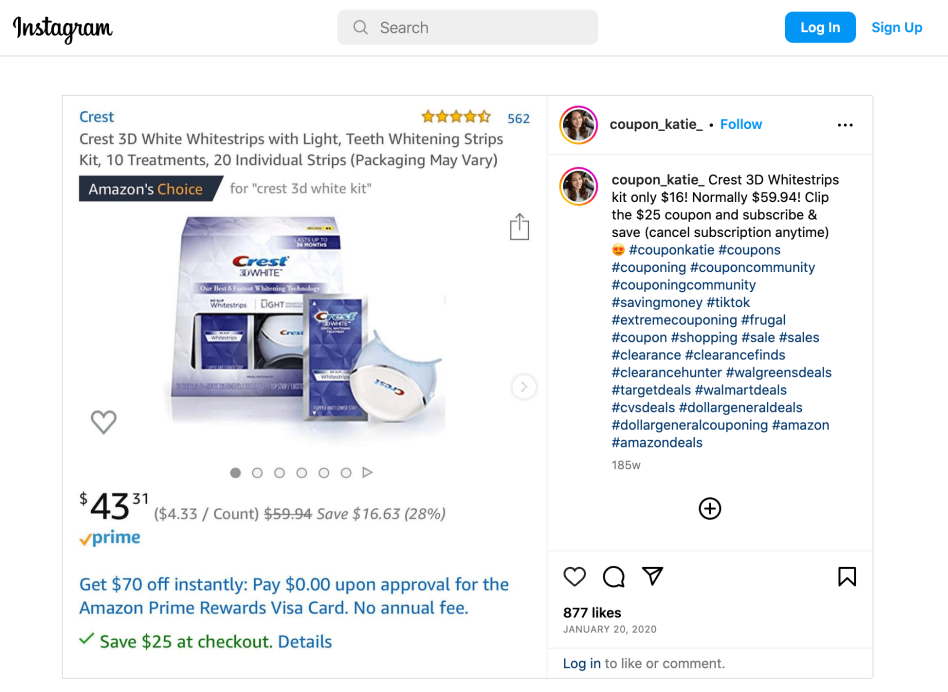
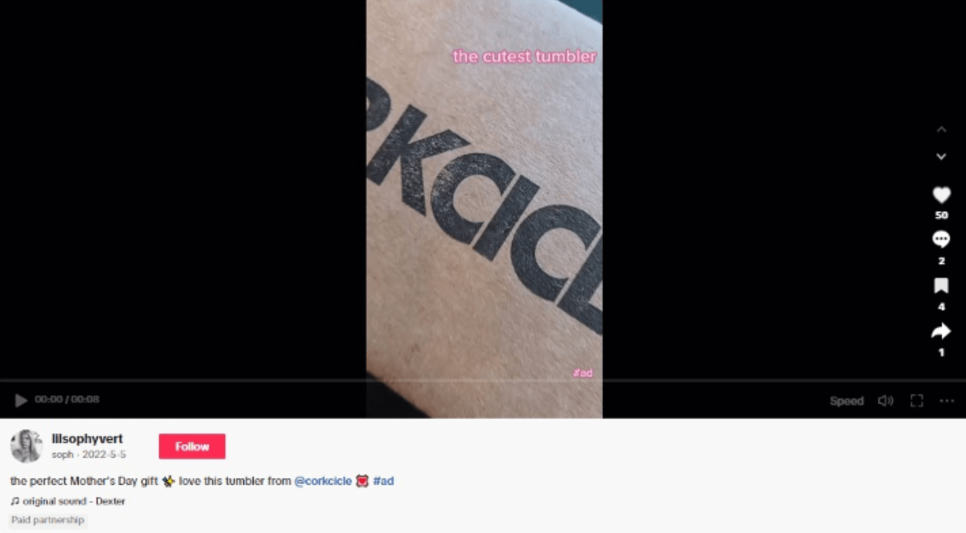
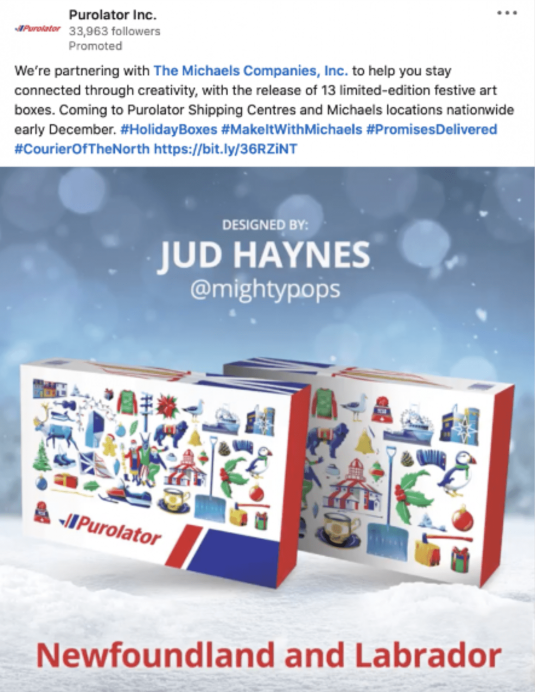
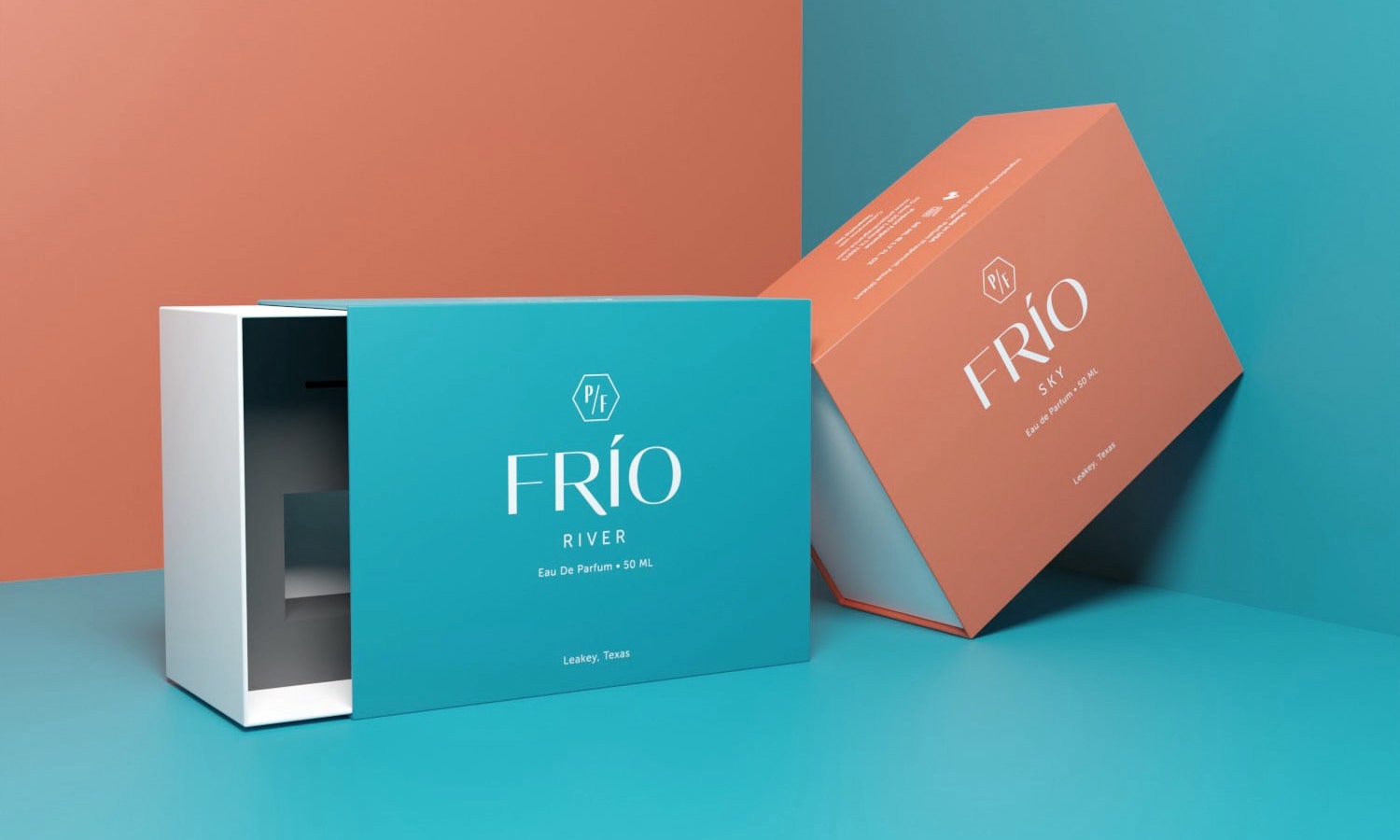


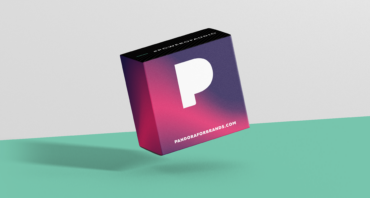



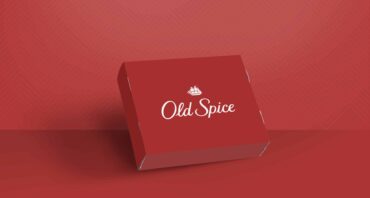
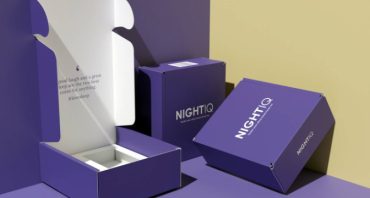
Share